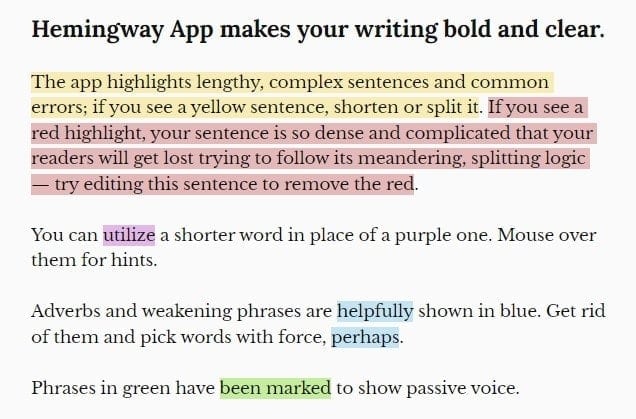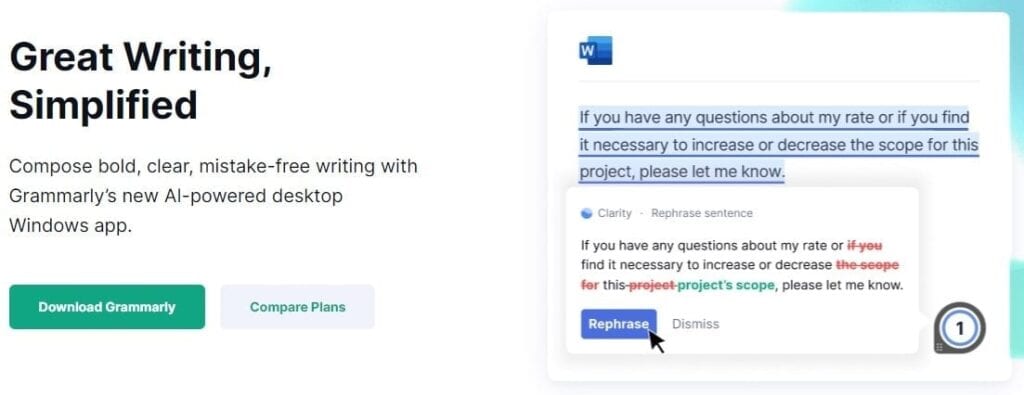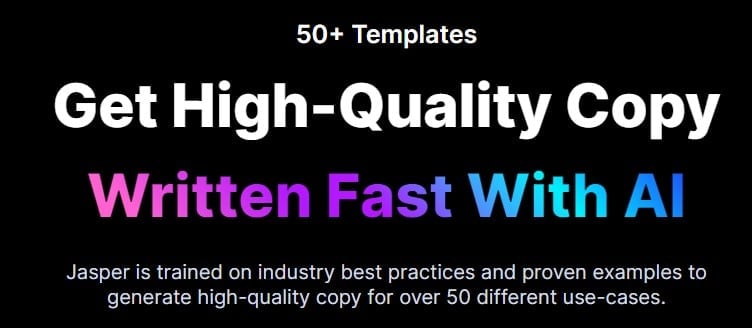The Golden Rules of Website Content Writing
As we move further into the 21st century, website content writing practices must evolve to keep up with ever-changing technology and consumer trends.
In this blog post, we will discuss some of the best practices for website content writing that you should be using in 2023 (and beyond).
This site contains affiliate links to software products. We may receive a commission for purchases made through these links.
How to Write Website Content in 6 Steps
Here’s how you can make your website content writing process easier:
- Determine the Purpose of the Website Content: Before you start writing, take a step back and think about what you want each page of your website to achieve. Once you have a clear understanding of your goals, you can start crafting content that will help you reach them.
- Research the Target Audience: Who will be reading your website content? It’s important to keep your target audience in mind as you write because they’ll be the ones you’re trying to appeal to and engage with.
- Research Competing Websites: What existing websites are out there that cover similar topics? You’ll want to look at what they’re doing well (and not so well) and use it as a benchmark for your content.
- Plan How the Content Will Fit Together on Your Website: Before you start writing, it’s helpful to map out how everything will fit together. This will give you a better idea of what content you need to create and where it will go on your website. We recommend using a sitemap creation tool like SlickPlan or a visual planner like Figma for this step.
- Create the Content: Now it’s time to start writing! Keep your audience and overall goal in mind as you create content that is both informative and interesting. Also, include calls to action throughout your website to encourage visitors to take the next step.
- Edit and Proofread Your Content: Once you’ve written all of your website content, it’s important to go back and edit it for clarity, grammar, and spelling errors. This is also an excellent time to ensure that all of your content is consistent with your brand voice.
Content Writing Best Practices to Keep in Mind

1. Know Your Audience
Before you start writing, it’s important to understand who your target audience is. This will help you determine what type of content to write and how to write it.
For example, if you’re writing for SaaS, customers are often referred to as users. If you’re writing for an online course, you have students, not customers.
2. Have A Great Hook
Your hook is the first thing that people will read, so it’s important to make sure it’s interesting and engaging. A good hook will make people want to read more, so take some time to brainstorm a few different options before settling on one.
3. Compose Short, Simple Sentences
When it comes to website content, shorter is almost always better. People have short attention spans and will likely lose interest if their sentences are too long or complex. So, try to keep your sentences as short and simple as possible.
Longer, more complex sentences can be broken up into smaller ones. HemingwayApp is a great resource for improving readability to make your writing bold and clear.
4. Choose Your Words Carefully
The words you use in your website content can make a big difference in how it’s received. You should carefully mix up your words to avoid sounding repetitive. Additionally, using “power words” can help make your writing more impactful.
5. Write in Active Voice
When writing website content, it’s important to use an active voice. This means that the subject of your sentence is performing the action. For example, “The cat slept on the mat” is in the active voice. “The mat was slept on by the cat,” is in the passive voice.
6. Avoid Jargon
Jargon is language that is ultra specific to a particular field or profession. It can be helpful in some cases, but more often than not, it will just confuse your readers. So, unless you’re writing for a very specific audience, it’s best to avoid using jargon in your website copy.
7. Include Relevant, Helpful Visuals
In addition to well-written content, your website should also include relevant visuals. Visuals can help break up your text, making it visually appealing and easier to digest. Additionally, they can help convey information more effectively in some cases. So, be sure to include helpful visuals along with your written content.
8. Include a CTA
Every page on your website should have a clear call-to-action (CTA). A CTA is an instruction that tells the reader what you want them to do next. For example, if you’ve written a blog post, your CTA might be to “subscribe to our newsletter” or “like us on Facebook.”
9. Use Editing Tools
Even if you consider yourself a great writer, it’s always a good idea to run your website content through an editing tool before publishing it. This will help you catch any errors or typos that you might have missed. Here are some of the best editing tools so far:
Readability – HemingwayApp is a great tool for making your writing more readable. It’s very easy to use and will help you catch errors that you might have missed.

Spelling-Punctuation and Grammar – Grammarly is a popular grammar-checking tool that can be used for free or with a paid subscription. It’s available as a browser extension, desktop app, or mobile app.

Plagiarism Checker – Copyscape is a popular plagiarism checker that can help you ensure that your content is original. This tool is available for free and with a paid subscription.

10. When In Doubt, Use AI
If you’re still unsure how to write great website content, you can always turn to artificial intelligence (AI). AI can help you with everything from choosing the right words to use to structure your sentences. Additionally, it can even help you develop ideas for new content.
There are several different AI tools that you can use for your website content writing process, like Jasper and Frase. Jasper is a content writing assistant that can help you with everything from generating ideas to editing your finished content.

AI can help you to come up with the best ideas for your website content, and it can also help you to edit your finished product. There are many applications for it, but keep in mind that there’s a learning curve to get high-quality content out of it.
Key Takeaways:
Writing great website content doesn’t have to be difficult. As long as you have the knowledge and the right tools, you can make your website content writing process better than ever.
- Keep your sentences short and simple, choose your words carefully, write in an active voice, avoid jargon, and include relevant visuals.
- When writing website content, it’s important to use an active voice and avoid jargon. You should also include relevant visuals and a call-to-action (CTA).
- If you’re still not sure how to write great website content, you can always turn to artificial intelligence (AI) for help. AI tools can assist you with everything from generating ideas to editing your content.
- Finally, be sure to edit your content before publishing it.






